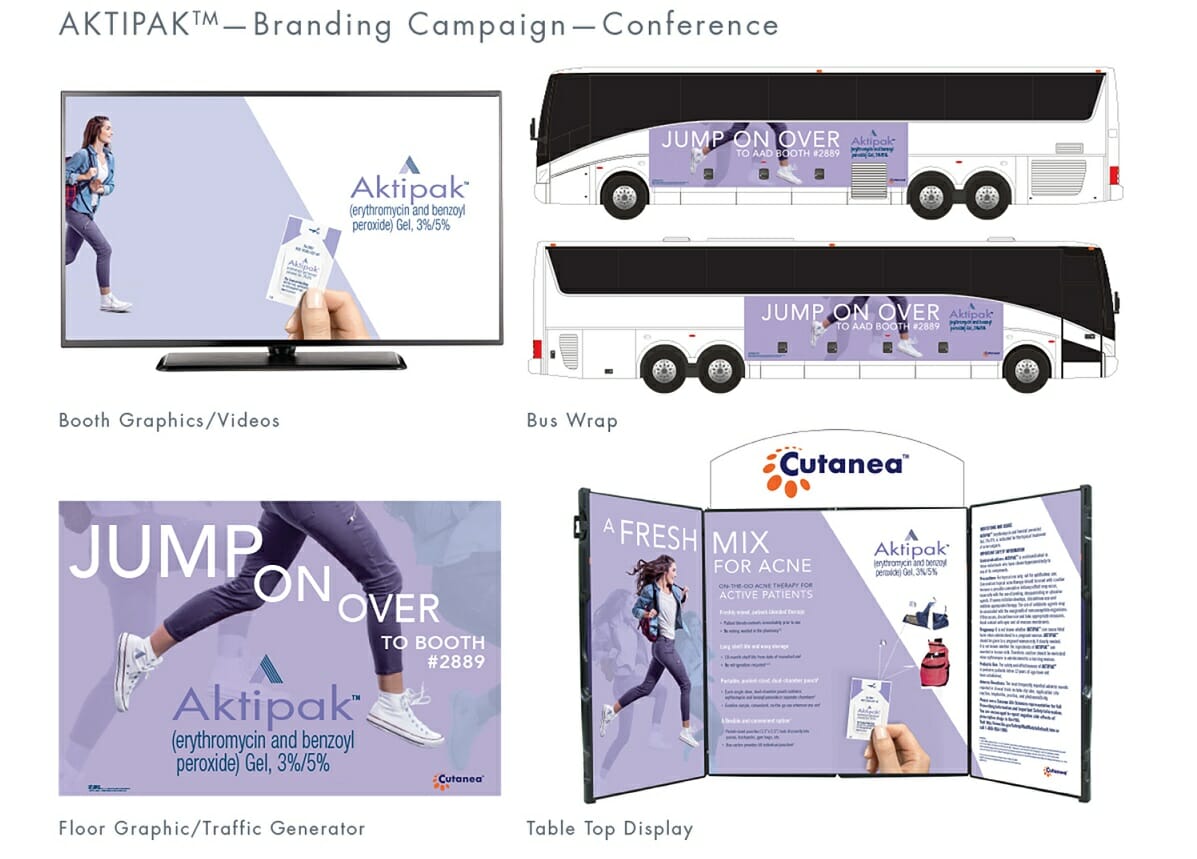Asked about last year’s highlights, Purohit points to assignments such as mapping the patient journey for rare disease drugmaker True North Therapeutics. “That work is really rewarding for us,” she says, noting strategy-first engagements have been high on clients’ wish lists for the past 18 months. “It’s good recognition. We’re getting a significant amount of work there.”
Purohit Navigation saw revenue rise a modest 5% to $20 million in 2017. It added new work from Roche (for molecular sequencing), grew organically with longtime client Gilead Sciences, and picked up some diagnostics business from Becton Dickinson. Other core clients include Cutanea Life Sciences.
The firm brought on Brad Sherrill as VP of account services in September to bolster its business-development efforts. The agency employed 60 people at the end of 2017, just as it did at the end of 2016.
An uptick in strategic work wasn’t the only change in clients’ needs last year. Purohit points to a “noticeable shift” from more commonplace digital tactics toward the blocking and tackling of agency communications.

“Everyone talks about digital communications, but people are going back to basics with one-to-one interaction,” she explains. “Meetings and conventions are getting more important.” Not surprisingly, Purohit Navigation started to see an uptick in new business around events.
Purohit also notes clients are increasingly leaning on procurement groups to select their agencies. “They are making more decisions than ever before.”
While larger companies may rely on procurement units to select partners, Purohit Navigation has found that working with smaller clients requires a more hands-on approach.
“We become an extension of their team,” Purohit says of the company’s growing number of smaller biotech clients. “They have a vision of where they want to take the company, but don’t have that second layer of management. We become their marketing arm and their market research arm.”
Purohit believes the agency’s biggest challenge going forward will be structuring operations to best accommodate its people. “As more millennials enter the workforce, it’s important to understand their needs,” she explains. “We also think about how we’re going to educate them about our agency’s philosophy and find the right balance.”
From the July 01, 2018 Issue of MM+M - Medical Marketing and Media







